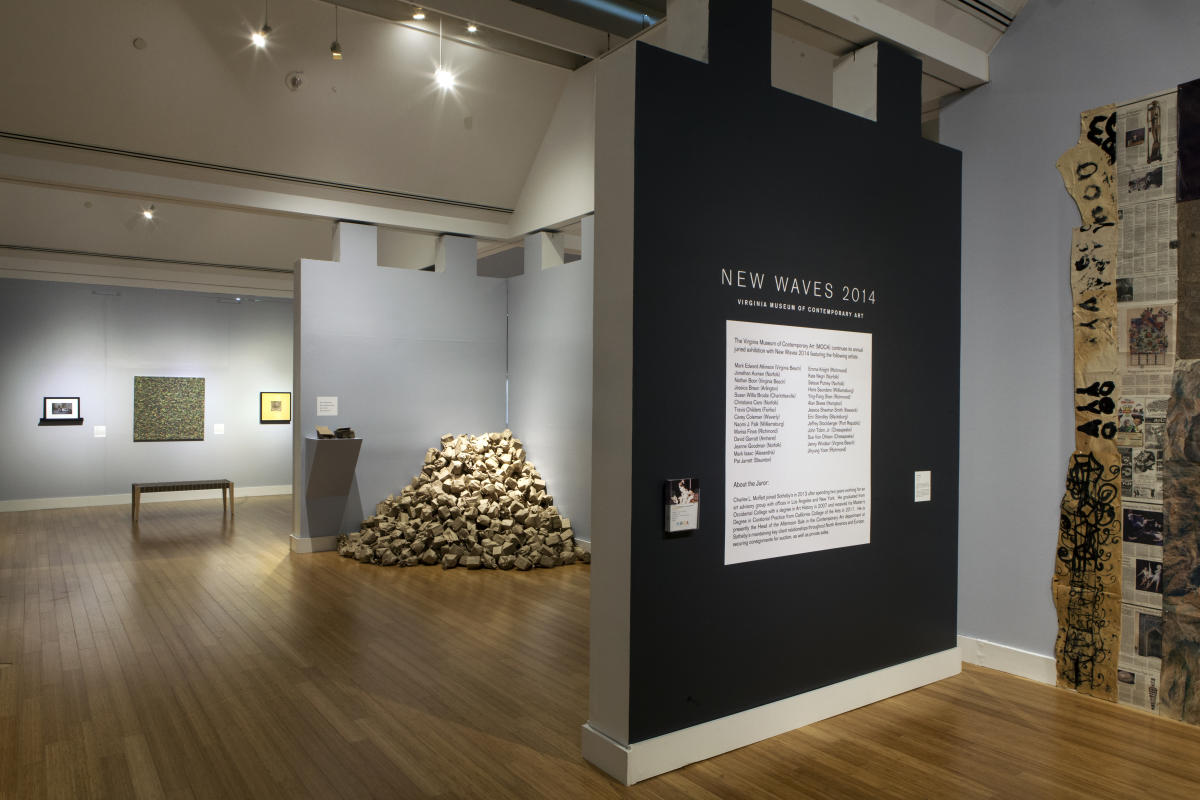

Top 20 hit, and was their last release before the departure of Clark, who was the band's principal songwriter at the time. "Eight Miles High" became the Byrds' third and final U.S. The song was also included on the band's third album, Fifth Dimension, which was released on July 18, 1966. "Eight Miles High" reached number 14 on the Billboard Hot 100 chart and number 24 in the UK Singles Chart. The failure of "Eight Miles High" to reach the Billboard Top 10 is usually attributed to the broadcasting ban, but some commentators have suggested the song's complexity and uncommercial nature were greater factors. The band strenuously denied these allegations at the time, but in later years both Clark and Crosby admitted that the song was at least partly inspired by their own drug use. radio ban shortly after its release, following allegations published in the broadcasting trade journal the Gavin Report regarding perceived drug connotations in its lyrics. Accordingly, critics often cite "Eight Miles High" as being the first bona fide psychedelic rock song, as well as a classic of the counterculture era. Musically influenced by sitar player Ravi Shankar and jazz saxophonist John Coltrane, the song was influential in developing the musical styles of psychedelia and raga rock. It was first released as a single on March 14, 1966. “This opportunity at Virginia MOCA combines two things that I’m interested in supporting creative thinking and self-expression and making sure that artists have vibrant places to display their art and for the public to experience it." Eight Miles High" is a song by the American rock band the Byrds, written by Gene Clark, Jim McGuinn (a.k.a. “A museum outside of a cultural center, even just 40 miles outside, can play a really important role in bringing art to the suburbs and fostering those connections and conversations that are inherent in experiencing art,” Ryan said. She added that Virginia MOCA is similar to the Katonah Museum, in that both are non-collecting institutions. Having spent the past 20 years in the New York area, she has witnessed Virginia MOCA grow into “a remarkable regional institution that has dedicated itself to bringing art of the highest quality to the broader area of Hampton Roads.”

Ryan grew up in the neighboring town of Norfolk, where the area’s creative community “engendered in me a lifelong love of culture and the arts,” she said. She has a vision that is thoughtful in the sense that she’s not just thinking about today or tomorrow but years out.” She has a great wealth of experience not just in the museum world. Gary was the frontrunner from the beginning. “We were looking for the next executive director to continue the work Debi had started.

“The museum has seen a great evolution over the last five years,” Virginia MOCA board chair Andrew Hodge told ARTnews. The museum has slowly gained a national reputation for staging well-regarded exhibitions, including solo outings by Inka Essenhigh in 2018 and Mickalene Thomas in 2017, and the 2017 group exhibitions “ Mindful: Exploring Mental Health Through Art,” and “ Southern Routes,” which featured work by photographers from throughout the American South. Under Gray’s tenure, Virginia MOCA received accreditation from the American Alliance of Museums in 2010 and rebranded its identity the following year. Between 19, Ryan held various positions at Time, Inc. Prior to joining the Katonah Museum, she founded Palermo Strategy, a fundraising consulting firm, and worked in development positions at the Metropolitan Opera in New York and the Brooklyn Academy of Music. She has been the museum’s development director since January, and served as its interim co-executive director between February and July. Ryan has worked at the Katonah Museum of Art in Upstate New York, about an hour north of Manhattan, since 2016.


 0 kommentar(er)
0 kommentar(er)
